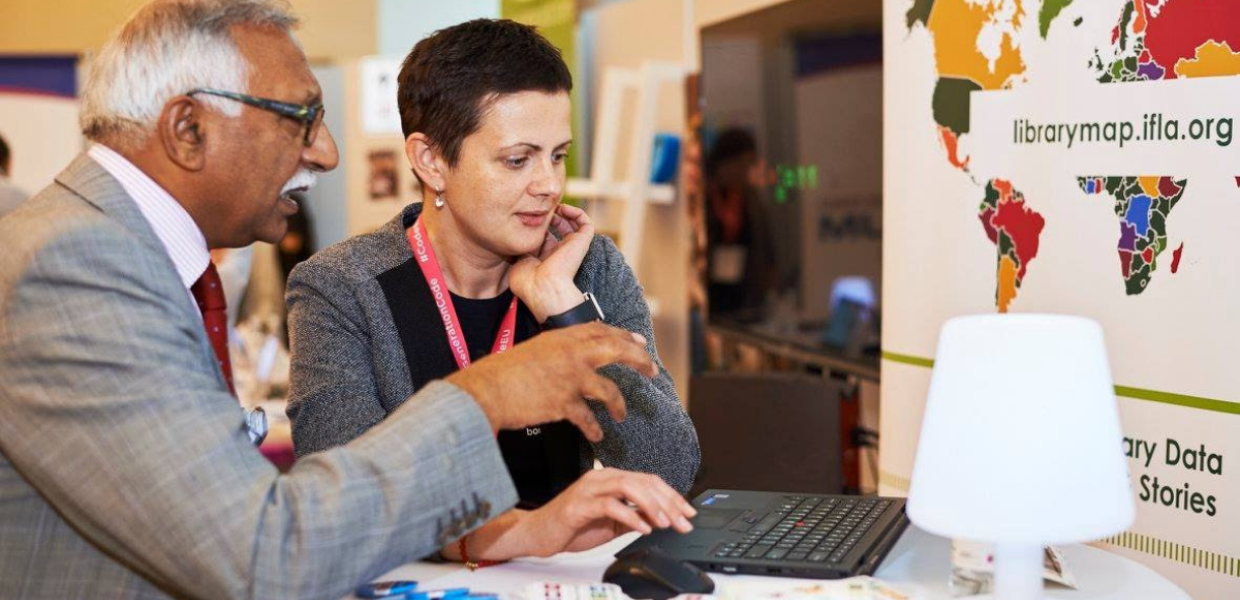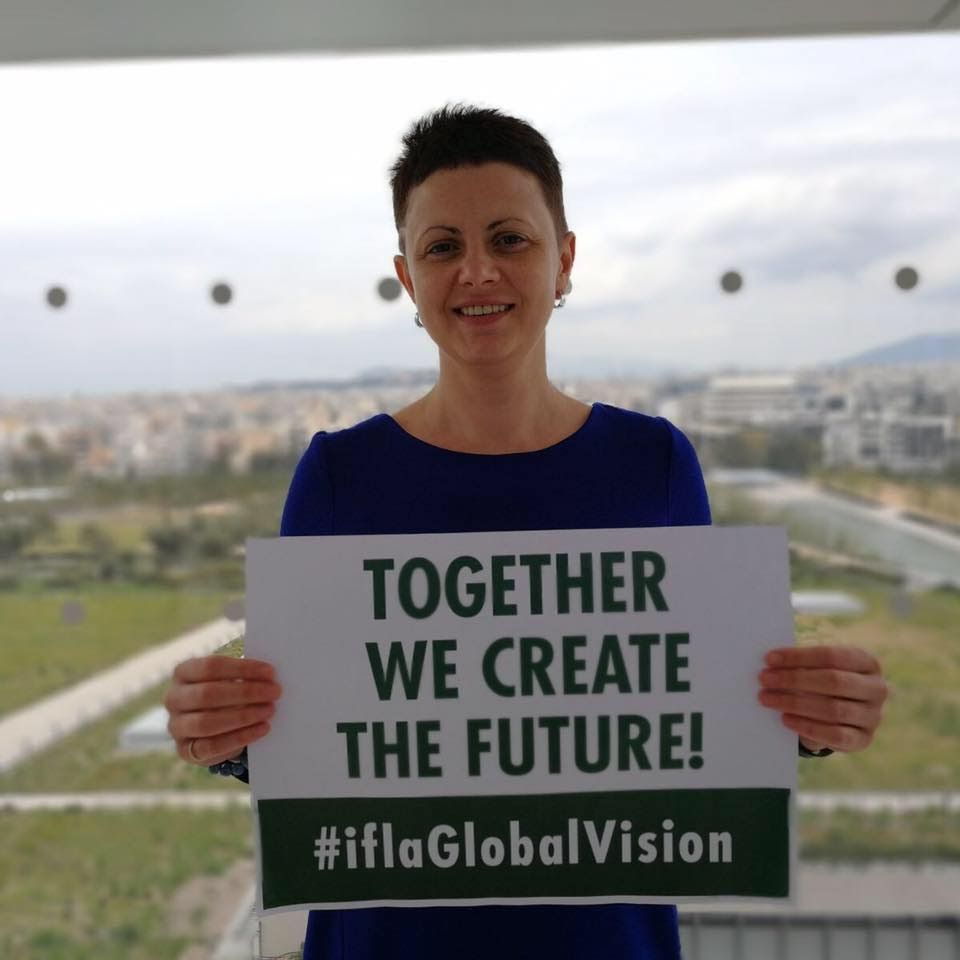Could you give us a few details about how you put it together?
The Manual is a product of collaboration and co-creation. The LMW team worked with the team of the IAP Programme and a group of Associates of IFLA’s International Leaders Programme (ILP).
I led a group of co-authors who each brought their unique experience and expertise. These ranged from measurement and impact evaluation, dealing with pictures and videos for digital stories, copyright and licensing, to community engagement and advocacy. We were a really diverse group of people coming from different countries including Argentina, China, Colombia, Egypt, Latvia, Philippines, Senegal, Serbia, Mexico, and the United States of America.
The Manual needed to be a practical help guide containing tips and useful information. We wanted to keep it simple, not too long, but at the same time provide guidance through the most important parts. We included links to further information online, or to easy-to-use digital tools. The structure for storytelling that we offer can be used for any type of storytelling but it becomes even more important when it is SDG storytelling for the LMW because we want to make sure we are able to back up our story with some impact evidence.
What are your top tips for successful storytelling?
First, include impact planning and data collection from the beginning of your activity, project or programme. If you have defined what you want to achieve, it will be easy to collect data on that. And consequently, you will have data and evidence not only for storytelling and advocacy but for your future project planning and management. Crucially, in our SDG stories, we want to switch focus from libraries and what we do to why and how we do it, and what change it brings to people’s lives, communities, and development, or in other words, what is our impact?
Second, do not forget to take good pictures or make a video. Visual material brings the whole story to life. Articles with an image once every 75-100 words get double the number of social media shares than articles with fewer images (see page 14 of the Manual).
Third, keep track of copyright and licensing of your visual material. Sometimes I deal with cases when it is hard to find out who the author of a photograph is and consequently, we cannot start the conversation about the licence or ultimately use some very nice visual elements which would add to the story.
When a story is published, our communications team create a short video - but we can only do this if we have good pictures with open licences (check out our SDG stories playlist on YouTube).




